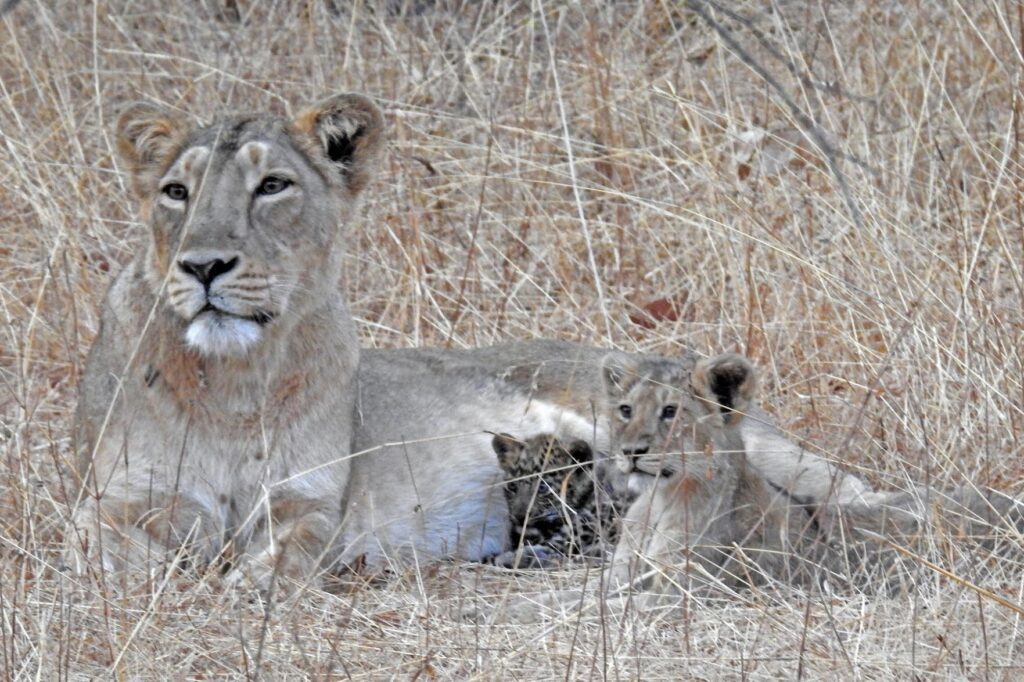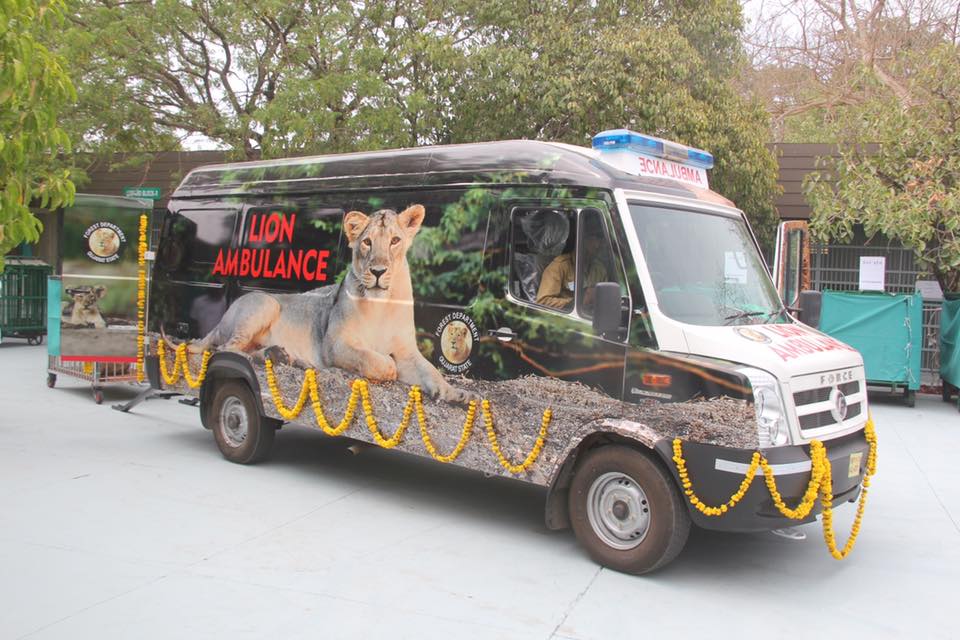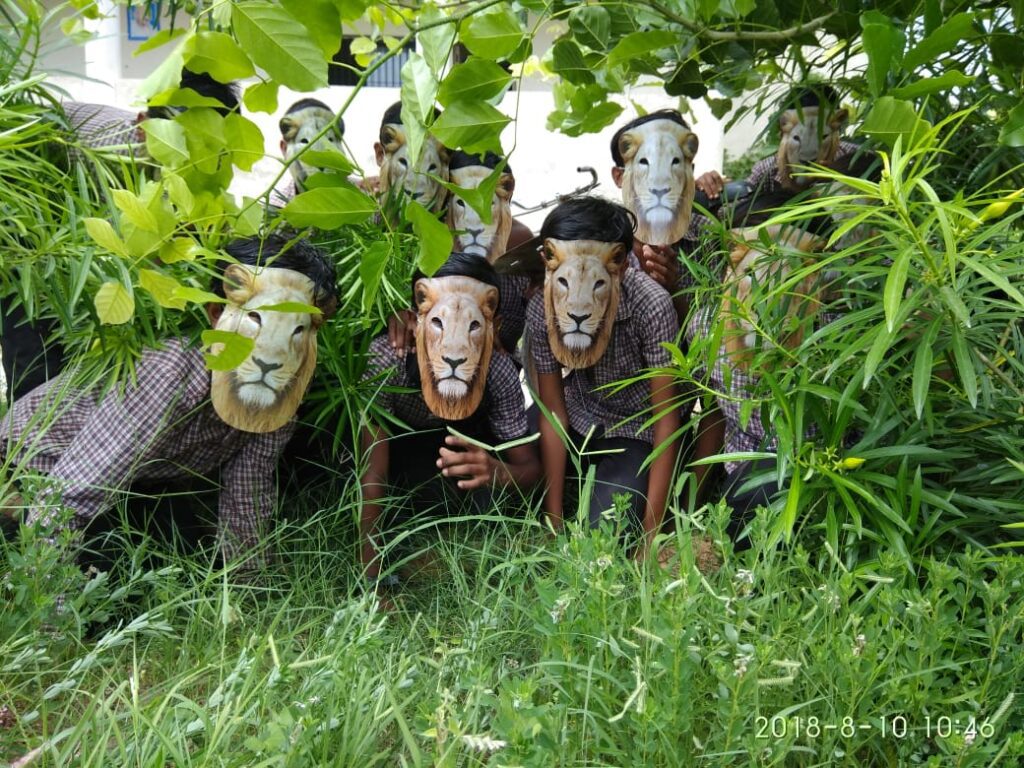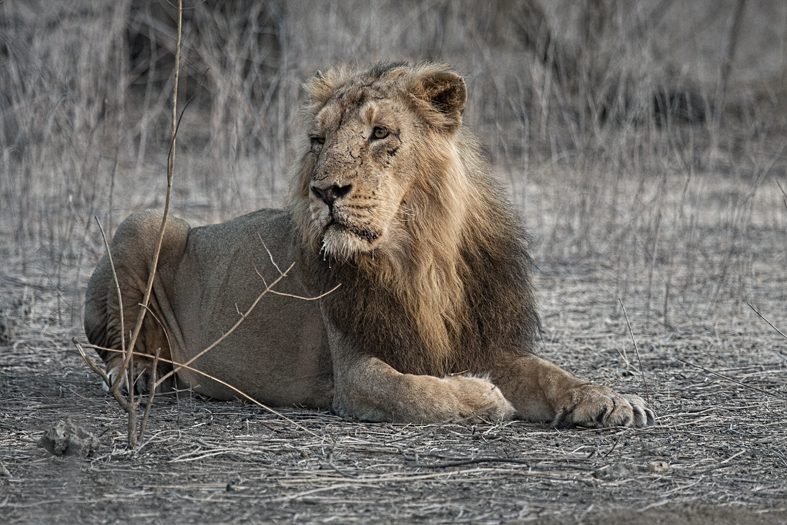India is home to the world famous Asiatic lions. And when we talk about Asiatic lions in India, what comes to mind immediately is the Gir National Park in Gujarat. Gir, established in 1965, is a natural habitat for India’s Asiatic lion population.
However, half a century ago, they were on the verge of extinction. But, the good news is, they are now surviving pretty well and their numbers have gone up significantly, too, pointing towards a successful conservation story.
On World Lion Day, we present a special story on the conversation of the Gir lions, after speaking to IFS officer Aradhana Sahu, who is the Chief Conservator of Forests, Junagarh Wildlife Circle, Gujarat. She shared with us exclusive details about the initiatives taken towards conservation of the majestic lions of Gir.
CRITICALLY ENDANGERED AT ONE TIME
Besides creating awareness about the need for protecting and conserving the world’s lion population, another purpose of the World Lion Day, which is celebrated on 10 August every year, is also to spread awareness about the hardships that lions endure, even in their habitats.

There was a time when Gir’s Asiatic lions had come under the critically endangered species of India. Their number was reduced to only 14. But, in 2010, with the help of the forest department and the local public, the number of lions increased to 411. And, in 2020, the number increased to 674.
SUCCESSFUL CONSERVATION
Today, 674 majestic Asiatic lions rule over a 20,000 square kilometre region. As such, the lions, which were in the critically endangered category earlier, have now come to the endangered category. This has been possible only because of the sustained intensive conservation efforts of the forest department.
LION AMBULANCE
CCF Sahu told Indian Masterminds that emphasis was laid on health management of the species and foot patrolling for proper monitoring. “We also maintained lion ambulances and full-fledged hospitals for them. A team of veterinary doctors kept a check on the lions’ health. To keep track of the lions on the field, there were trackers and field staff to do round-the-clock monitoring.”

RUNNING WATER POINTS
Though water is not scarce in that region, as seven rivers originate from Gir, still, water points were created in different places so that in case there is shortage for any reason, there is availability of water at all times for the lions. Likewise, solar panels and windmills were also installed to ensure continuous running water.
SUITABLE PREY BASE
Apart from all this, a suitable prey base for the future lion population has been produced at the same location through the development of herbivore breeding centres.

The life of lions is full of hurdles, be it facing adverse calamities like drought and flood or poaching and poisoning. But, today, the forest department’s efforts towards lion conversation has helped in increasing the lion population significantly.
LOCAL PEOPLE INVOLVED
The government of Gujarat has played a major role in conserving the lions and, also, the landscape. “At the same time, the local people’s involvement and contribution have to be taken into account for making Gir lion conservation a success story,” Ms. Sahu said.

COLLECTIVE EFFORT
Indeed, this success story is the result of the collective efforts of different stakeholders over a period of time. All the awareness and conservation efforts paid off and the country can proudly boast of having a thriving population of the world famous Asiatic lion, in the form of our very own Gir lion.
































